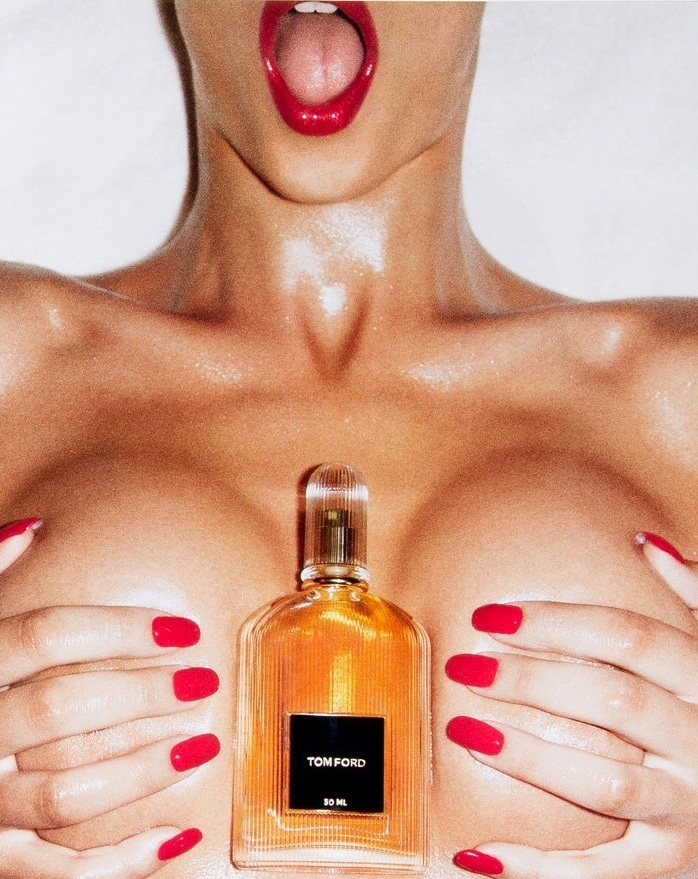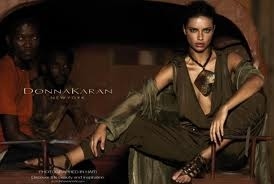Sometimes an advertising campaign can get banned. There are different reasons used as an explanation. Racism, feminism, sexuality, nudity, violence, and drugs are the common ones. It is believed that an ad shouldn't include any image that could result in a person behaving in any inappropriate way. Then, how far is too far?
We are all exposed to various ads and commercials on a daily basis. And we do agree that many of them are unbelievably boring. What's more, we often look at them wondering "What was that ?" Well, it's fair to say that we don't hide disappointment. On the other hand, there are some spicy controversial ads we do encounter once in a while. Are they wild ? Or maybe we are still too shy, or even conservative. How do we react ? It depends. Some of us cannot understand why anything that bold could ever go live. And others may like it. As a result, something that one person interpret as inappropriate or even offensive, another can perceive as creative and artistic.
How about fashion campaigns? They do use taboo subjects. They try to communicate carrying a particular message. They might be provocative. They can be controversial.

Widely recognized Italian fashion designers Dolce & Gabbana like to use provocative ads in order to make them memorable. In 2007, they used an image taken by photographer Steven Klein, showing a woman pinned to the ground by the wrists by a bare-chested man, with other men in the background looking. The ad was banned in numerous countries, including Spain and Italy. The reason: it was offensive, it suggested 'gang rape' and it seemed to be promoting violence against women.
According to Italy's Advertising Self-Discipline Institute (IAP) the ad "offended the dignity of the woman, in the sense that the feminine figure is shown in a degrading manner. The woman has an alienated expression, with an absent look."
This advertisement also caused criticism from human rights group Amnesty International. It was seen as sexually offensive, and because of the controversy around it, Dolce & Gabbana decided to withdraw it worldwide.

Like it or hate it. That's how people react to extremely bold Tom Ford's advertising campaigns. His 2007 cologne ad definitely grabbed attention and created buzz. It used unquestionably provocative image of a red-nailed woman pressing between her breasts a bottle of The First Fragrance for Men From Tom Ford. Ford, the master at creating sex-related advertisements took this subject to a new level of omnipresent sexuality. Tom Ford for Men ad didn't disappoint and worked well as it increased sales for the brand compared to the year before. Banned only in Italy.

In 2011 Donna Karan's spring collection ads were inspired by her charity workDonna Karan in Haiti. There was one image that showed Brazilian model Adriana Lima sitting in the foreground with two Haitian people behind her in the shadows. The campaign was criticized for inappropriate use of high-end fashion clothing in contrasting Haitian poverty.
Although Karan has raised a lot of money for Haiti and she often talks about the country's development during her interviews and public appearances, the message was misunderstood and her ad campaign wasn't well-received.

In 2012 Philippines' fashion brand, Bayo, created an ad campaign titled "What's Your Mix?" It featured Filipina-Australian model-actress Jasmine Curtis-Smith and a masthead saying: "50% Australian and 50% Filipino." It attempted to link the models' mixed heritage to the practice of mixing clothing accessories. The ad said: "This is just all about MIXING and MATCHING. Nationalities, moods, personalities and of course your fashion pieces." And the main controversy came here: "Call it biased, but the mixing and matching of different nationalities with Filipino blood is almost a sure formula for someone beautiful and world class." According to the huge amount of negative comments the campaign suggested that it was necessary to mix in another nationality to be considered beautiful. At the end, Bayo removed the ad from its website and apologized to the public.

In 2012, Footwear designer Brian Atwood was forced to remove his provocative advertising from his Madison Avenue shopBrian Atwood window in New York. On the photo Victoria's Secret model, Candice Swanepoel, was featured biting on a tiger-print designer's shoe, surrounded by two other male models admiring her leg clad in stocking. In addition to the print there was a film version of the ad shown in New York City taxis. Apparently, due to its sexiness, it was banned by the taxi commission. Although the campaign was done in a very artistic manner, it wasn't accepted.
One can criticize a bold ad, another one can ask for more. It's hard to say how much is really too much. However, most of us agree that we anticipate designers to open new horizons. Some of us admire them. Others absorb their creativity.

